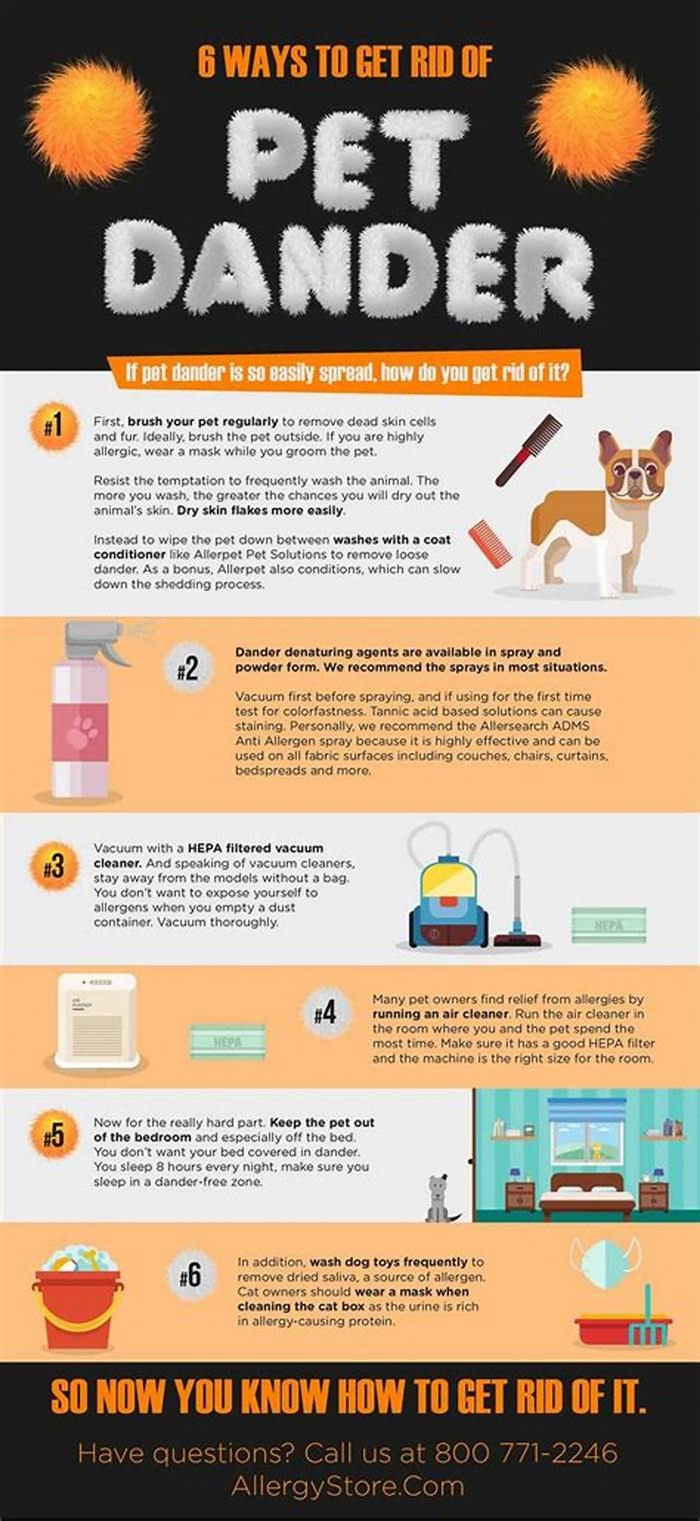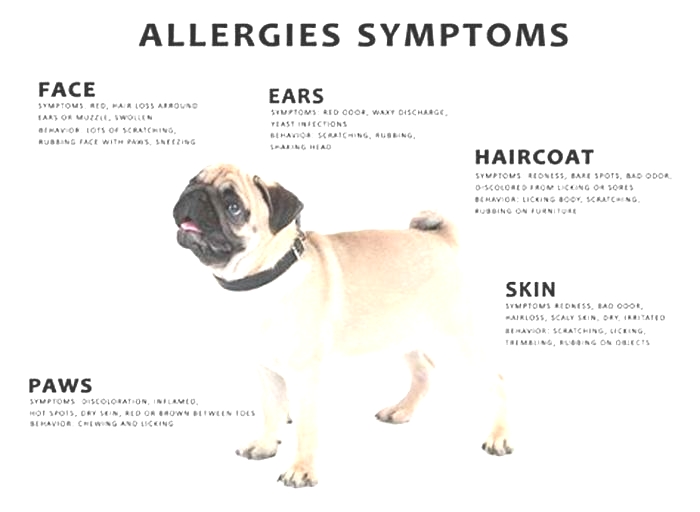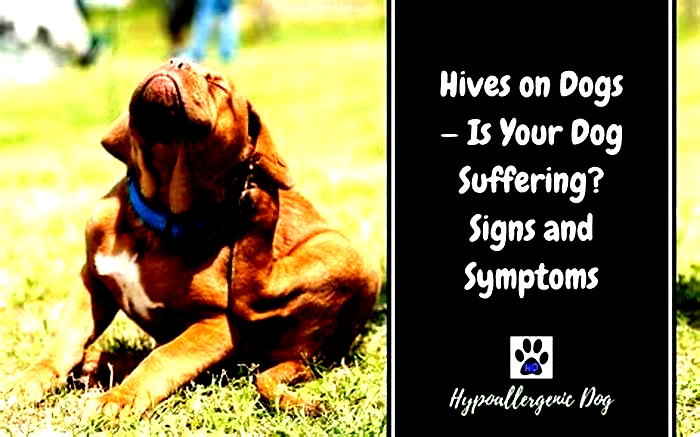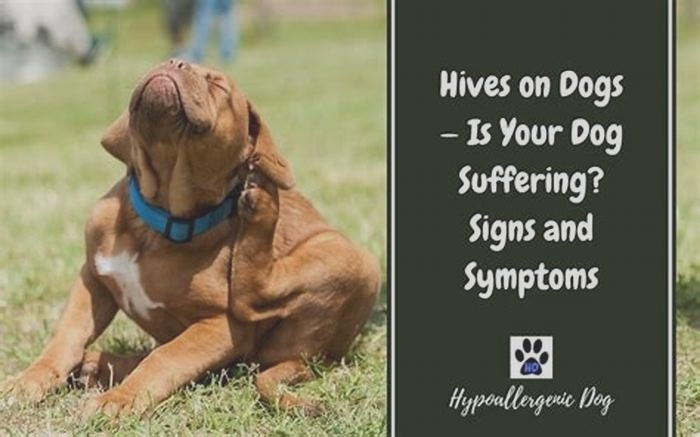How long does pet dander stay in a house
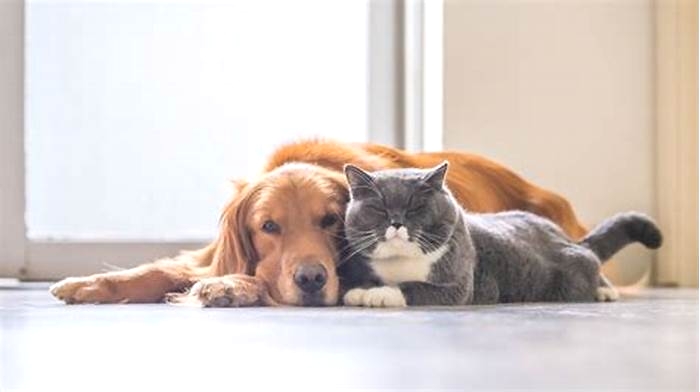
How long does pet dander stay in the house?
Pet dander is dangerous to asthmatics and to those with allergies. Understanding why and how to prevent dander accumulation in your home is essential.
In this article, we will explain the role of dander in pet allergies by exploring what pet dander is, how long it can remain in your house and how you can get rid of or reduce it in your home.
Well also drop our picks for the ultimate air purifiers for dander.
What is pet dander?
All mammals produce dander. Dander is a fancy name for the tiny flakes of dead skin our mammalian companions, and we constantly shed. Even some of our favorite non-mammalian pets such as birds will produce dander.
Many of us have been told that some breeds of cats or dogs are hypoallergenic. However, all cats, dogs, birds and other furry companion animals produce dander, saliva and urine.
How long does pet dander stay in a house?
Pet dander is tiny and incredibly lightweight it will stay suspended in the air for hours at a time. If you have a pet that lives in your home, your air is probably never free from dander. Even after the dander settles, minimal movement is needed to stir it up again.
Removing a pet from your house may appear to be the obvious solution to allergy and asthma symptoms. Unfortunately, due to the nature of dander, its often not that straightforward.
According to one study, Mammalian allergens are very stable and persist in house dust [for] up to 6 months.
Dander is like dust; it gets into everything. Carpets, blankets, throws, clothing, sofas, or pillows; anything made from fibers will collect dander. Like dust, dander will also collect on flat surfaces, corners and under furniture.
Even people who own pets are covered in the stuff dander gets trapped in our hair and clothing. Pet owners often spread dander from their homes to their offices, gyms, or even restaurants.
Is pet dander dangerous?
The short answer: yes. Pet dander is dangerous to the health of 10%-20% of the population worldwide. Allergies caused by pet dander are considered a growing public health concern as these rates increase.
Common symptoms of a pet allergy (an adverse reaction to the proteins found in pet dander, saliva and urine) include:
- Persistent sneezing
- A runny or blocked nose
- Sore and itchy eyes, nose, mouth, or throat
- Sinus pain (an ache around your nose, eyes and ears)
- Shortness of breath, coughing, or wheezing
- Skin irritation (rashes, raised lumps, or hives).
Symptoms of asthma include:
- Trouble catching your breath
- Pain and tightness in your chest
- Wheezing or whistling when you breathe
- Disrupted sleep (due to the preceding symptoms)
Allergic dermatitis is an immune reaction to pet dander, saliva, or urine resulting in an inflammation of your skin.Contact with a pet, or their dander, saliva, or urine, can cause allergic dermatitis and the following symptoms:
- Hives bumpy red patches of skin
- Eczema dry, itchy and discolored skin
- General itchiness and discomfort
How to get rid of pet dander in 5 simple steps
Can you get rid of pet dander and keep your pets? Its not possible to eliminate anger from home shared with dander-producing animals. With that in mind, you can reduce dander in your home whether you live with a pet or not.
These are five simple strategies for removing dander in your home:
1. Establish a regular cleaning schedule
Dander builds up quickly. If you dont actively try to clean, it will stick around for a long time. This means vacuuming, mopping and wiping down surfaces with a wet cloth.
Carpets and furniture require special attention deep clean once a month minimum, or consider removing them.
2. Declutter
Clutter makes it more challenging to clean your house than it needs to be. Its hard to reach spots where dander accumulates if your belongings are in the way.
Not only that, but certain items become dander traps in their own right. Throws, beanbags, cushions, sofas, curtains and upholstery are all dander magnets. Ensure you only have as many of these items as you regularly manage to deep clean.
Here are seven places where to donate unwanted items:
3. Bathe and brush your pets at least once a week
Dander builds up in the fur and skin of your pets. Regularly cleaning your pets is a good way to eliminate dander before it is released into your home. Plus, it keeps them sweet-smelling and healthy a win for everybody!
4. Create pet-free zones
Your pets dont have to share every part of your life. Think about your bedroom, for example. Youll spend around a third of your life sleeping and do most of that in your bedroom. Keeping your pets out of areas like the bedroom can significantly reduce your contact hours with dander.
5. Use an air purifier
Air purifiers are an efficient and modern answer to the dander problem. Dander spends hours at a time suspended in the air. Air purifiers can capture dander before it settles and every time it is stirred up. An air purifier with the appropriate filter and capacity for capturing dander in your home is essential. We recently compiled a list of what we think are the best air purifiers for cat allergies and best air purifier for dog smell.
There are a lot of air purifiers on the market, but not all of them are suitable for your home or for your pets. Our testing and research suggest that these are the best three air purifiers for pet dander:
Last update on 2024-04-22 / Affiliate links / Images from Amazon Product Advertising API
Final thoughts
Pet dander, saliva and urine play host to several proteins which cause adverse reactions in allergic and asthmatic people. The best way to avoid the adverse effects of pet dander is through a combined approach of cleaning and decluttering, washing and brushing pets and using a decent air purifier.
SOURCES
- American College of Allergy, Asthma, and Immunology. (2018) Pet Allergies. acaai.org
- American Lung Association. (2022), Pet Dander. lung.org
- American Academy of Allergy, Asthma, and Immunology. (2023). Pet Allergy. aaaai.org
- Becker, B.A, Grayson, M. (2021). Asthma Symptoms. aafa.org
- Bonnet, B et al. (2018). An Update On Molecular Cat Allergens: Fel D 1 And What Else? ncbi.nlm.nih.gov
- Chan, S.K, Leung, D.Y.M. (2018). Dog and Cat Allergies: Current State of Diagnostic Approaches and Challenges. ncbi.nlm.nih.gov
- James, J. (2022). Pet Allergy. aafa.org
- Konieczny, A. (1997). The Major Dog Allergens, Can F 1 And Can F 2, Are Salivary Lipocalin Proteins: Cloning And Immunological Characterization Of The Recombinant Forms. ncbi.nlm.nih.gov
Last update on 2024-04-22 / Affiliate links / Images from Amazon Product Advertising API
Did you know that about 68 percent of United States households include at least one pet if not more in their home? Fur babies are an integral part of nearly all American households with many people treating their pets as additional kids in the home, allowing them to sleep in their beds, on sofas, and even feeding them table food during meal times. Usually, there are no limits as to where your pets can go and wander inside of your home and therefore, they will leave their mark throughout the space, especially when it comes to the releasing of their dander within this environment. Pet dander is a known allergen that when present in the indoor space of a home can wreak havoc on those with allergies, specifically to this allergen source.Indoor household pets will spend the majority of their life within the confined environment of your home and during this long period of time spent in the home they will slowly mark their scent and territory over many areas of your house such as your bedroom, the couch, and even your bed. When pets wonder throughout the home they are slowly releasing and shedding off their dander into the air space which can travel in the air and become ingested/inhaled by the occupants of the home. Many people have been found to suffer from allergies, particularly allergies to pet dander, and therefore it may be necessary to counteract these allergens in your home if you have a pet(s).
In this article we are going to learn more about pet dander, how long does pet dander stay in a house, and the best air purifier to use for pet dander removal.What is Pet Dander
What is dander, specifically pet dander? Pet dander is a material that is shed from the body of an animal that has fur, hair, or feathers that will lead to and exacerbate certain health effects from individuals with allergies or other sensitivities. The tiny, microscopic flecks of skin that are classified as pet dander will be shed by most household pets including cats, dogs, rodents, birds, and other animals that contain fur or feather on their coat. These bits of skin when they are released off of the fur coat of an animal they will float throughout the space and cause allergic reactions in those that suffer from allergies and/or asthma. Typically, when most people think about pet dander, they will usually think that the actual hair released from pets is the classified pet dander in their environment, however, this is simply not the case. Pet hair itself is not an allergen or dander, rather the hair can be responsible for carrying the dander on the hair which will cause the allergic response in allergic individuals.

As the human body comes into contact with pet dander in the air/surface of the environment, a person who suffers from allergies will have their immune system triggered upon exposure to the dander inside the body. The immune system will work to identify foreign substances that may find their way inside the body and the immune system will trigger the beginning of allergy symptoms in an attempt to fight this allergen off within the immune system. This allergen will do a great job of collecting on furniture and other surfaces and maintain its strength on these surfaces for a long period of time after its initial release into the environment. According to the
Asthma and Allergy Foundation of America (AAFA), pet dander allergens will remain at high levels for several months and cling to walls, furniture, clothing, and other surfaces, thus the need to act proactively to combat these allergens and others in your personal indoor environment.
What Does Pet Dander Look Like
Cleaning a home of allergens, especially pet dander, you may look for traces of this allergen throughout the whole space to clear it on the various surfaces. However, when asking yourself what does pet dander look like there will be no clear-cut description of pet dander. As we discussed previously, most people will mistake pet hair for pet dander, and although pet dander may be found on pet hair the pet hair itself is not pet dander. These dander materials will look like flakes, similar to that of dandruff, that are skin flakes that will shed off the pet during the day. Although there are ways to identify pet dander in the environment of your home, the main ways that a person can identify pet dander in your indoor space is the frequent onset of allergy symptoms when entering this space.
What Does Pet Dander Smell Like

If you own a pet such as a dog or cat, but specifically a dog, then you will understand the various odors that they can bring into the space of your home. These pet odors can be brought into the environment from the pet dander that these animals release off of their body, and these smells will vary depending on the animal and their specific dander. The dander will be stronger in some instances, while others it will be mild and will impact the odor in the environment less. When these pet dander odors start to accumulate in the air space of your home, and even start to leave an impressionable odor on the surfaces like furniture and other surfaces it may be time to start integrating odor solutions into the air space such as air purification and other air quality solutions.
Can You Be Allergic to Dogs and Not Cats?
Have you already identified that you are allergic to dogs, but when it comes to cats, youre not so sure if your allergies will strike? Allergies to pets with fur are fairly common, with as many as three in 10 people with allergies suffering from allergic reactions to both cats and dogs and it is about twice as common to have cat allergies in comparison to dog allergies. However, it is true that you may be allergic to one pet and not the other, just depending on the specific pet dander. Every pet will have distinct pet dander chemical composition that will cause the allergen to be different and cause certain allergy flares and symptoms. Therefore, it is true that you may be allergic to dogs and not cats, and vice versa.
Pet Allergy Symptoms

The sudden triggering of your allergy symptoms is in full swing and it all started with the initial exposure to your home and the pet dander that resides within this space. It may start with your nose running, eyes watering, or even the rapid progression of sneezing that occurs after you have been exposed to the pet dander allergens in the environment of your home or other indoor space. However, when it comes to an allergy attack provoked by pet dander, these allergy-like symptoms can occur even when you are not exposed to the animal, due to the fact that pet dander can cling onto clothing and other materials that are exposed to the pet.When it comes to identifying the allergy symptoms that can be elicited by pet dander, the normal symptoms that someone will experience, according to the
American College of Allergy, Asthma & Immunology, these symptoms will include the following;
- Sneezing
- Runny or stuffy nose
- Facial pain
- Coughing or wheezing
- Chest tightness or shortness of breath
- Watery, red or itchy eyes
- Skin rashes or hives
How Long Do Pet Allergy Symptoms Last
When it comes to how long your pet allergy symptoms will last, this timeframe will greatly depend on several conditions such as how much pet dander are you exposed to, how long are you exposed to this dander for, and if you have air quality solutions integrated into this indoor space. The initial onset of symptoms may start, and it could take at least two weeks after the start of symptoms to associate them with allergies. After these symptoms have begun and you notice them only occurring within certain environments such as in your home or in other indoor space than you may be able to connect what source is causing your allergies, such as pet dander. When it comes to how long an allergy to pet dander will last the answer will be ambiguous and can be determined by various factors and in some instances the allergies will last throughout your entire stay in the space.
Best Air Purifier for Pet Dander
When it comes to removing airborne allergens from the environment of a home, and even those allergens settled on the surface, it may require the addition of resources inside your indoor space that can help to remediate and mitigate the allergens present in the environment. Pet dander, as we have been discussing during this blog, is an allergen that can easily be brought into a home, especially one with a pet, and that can stay in the space of the environment for a longer duration of time if not treated or removed. Cleaning, dusting and vacuuming surfaces will help to remove a large portion of the allergens that have built up inside your home, however, when it comes to removing the pet dander and other allergens that travel inside of your air, an air purifier is the only resourceful option to use.

An
air purifier for pet danderare devices that are designed to clean and filter the indoor air of an environment using specific technologies that are integrated within the air purifier. When it comes to an air purifier technology that will work to remove fine particulate matter like pet dander and other allergens from the air, a HEPA filter will be the ideal filtration to utilize. The
OdorKlenz Mobile Air Systemis a revolutionary air purifier that utilizes two-stages of filtration that include a proprietary earth mineral technology for noxious and toxic chemicals and odor removal, as well as a hospital-grade HEPA filter for fine particulate matter removal such as allergens from the air. HEPA filters are designed to capture fine particulate matter from the air that is larger than 0.3 microns in size at a 99.99 percent efficiency.
Mobile Air System
$649.99
Patented earth mineral technology works to attack VOCs and break them down on a compound level
No chemicals or masking agents
Will not release any chemicals back into your environment
Safer and faster at removing VOC's than traditional carbon filters and PECO air purifiers

